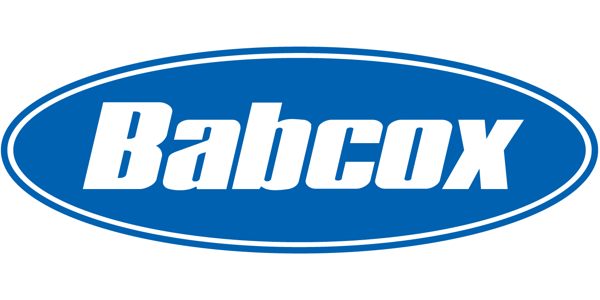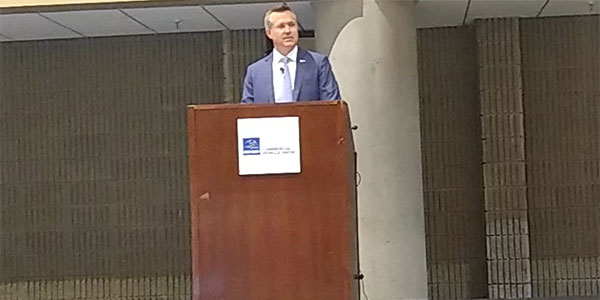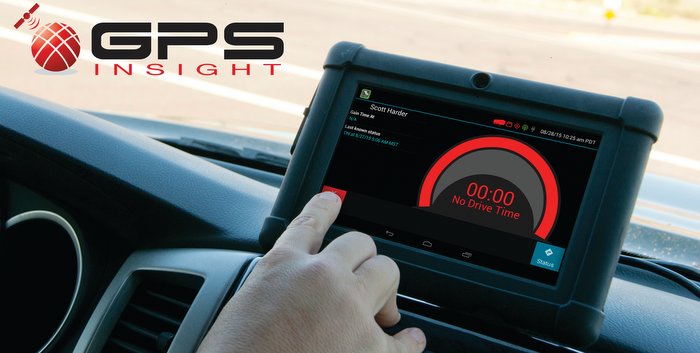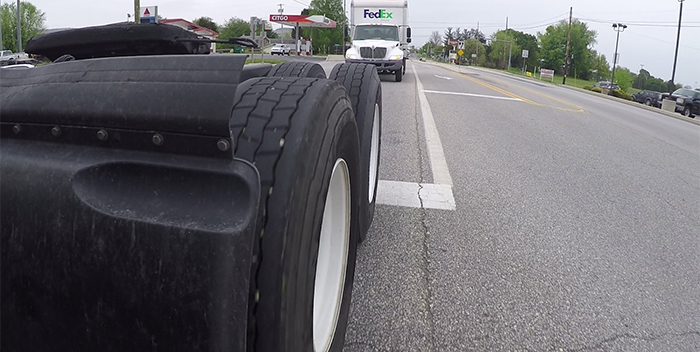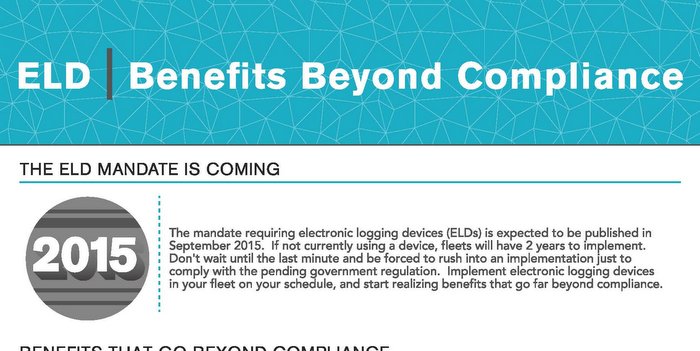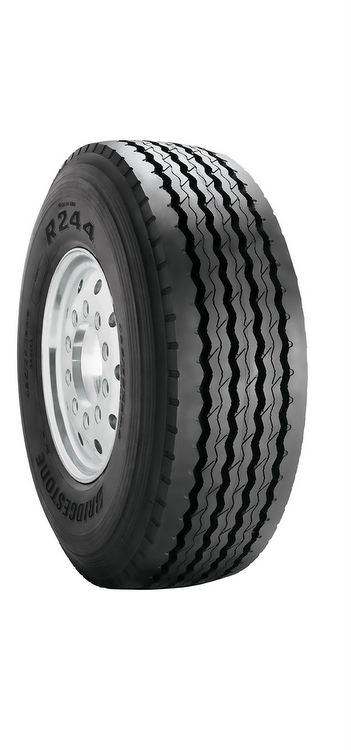Sometimes, it’s the little things that make a good programbetter, even great. However, these little things can just as easily haunt youand even create disabling problems that can be elusive to diagnose anddifficult to correct.
We tire people tend to focus on the big issues of propertire selection, application and maintenance, with inflation pressure checksdominating in-service recommendations. These deserve top billing in all fleettire programs. The reality is that basic issues and smaller considerations areboth important.
Tire inspections: Although most new vehicles arrive withtires properly mounted and undamaged, all should be inspected before placingthem in service. A quick check of the GG ring (a molded circumferential ring inthe tire sidewall) just above the rim flange will confirm the tire is mountedconcentrically onto the rim. Improper, or lack of, mounting lube is the mostcommon cause of problems here. It’s also prudent to check visually the entiretread circumference for any distorted or spongy areas. Contact with petroleum,overheating from chassis dynamometer testing, and overinflation/high-speeddamage during delivery, are potential causes of problems. Cuts, snags and teardamage also can be quickly spotted by visual checks.
On/off storage: Unmounted tires should be kept indoors, orat least in a shaded area that’s dry, clean, and away from any ozone sources,such as electric motors. They should be racked vertically or stacked in a waythat avoids deformation of the tread area. Avoid pipe stacking tires more thaneight high if they are stored horizontally. Tires mounted on vehicles should berelieved of loading or rotated periodically to avoid localized tread andsidewall deflection for extended times. Exposure to sunlight should be minimizedby covering the tires or parking trucks in an east-west direction, so the tiresare not susceptible to lengthy sun exposure. In all cases, contact with anypetroleum products (including asphalt) should be avoided. The interior of allunmounted tires should be checked for dirt or other debris prior to mounting.The use of filtered valve cores is recommended to avoid trapping foreignmaterial in the critical valve-sealing area.
Cleaning tires: Truck tires, once mounted, can be cleanedfor cosmetic reasons, although most manufacturers agree that dirt doesn’tadversely affect performance. Soap and water is preferred. Harsh chemicals,especially petroleum based, should be avoided. Normal weathering and resistanceto airborne chemicals are addressed by anti-oxidants and anti-ozone additivesin modern sidewall and tread compounds. Tire dressings and chemical protectantsare generally unnecessary. Mild steam cleaning is acceptable, but hightemperatures and pressures, such as those often used for degreasing mechanicalcomponents, must be avoided. Tires can actually be burned or punctured by somesteam cleaning.
Emergency repairs: Preferably, puncture repairs should bemade by reputable shops or retreading facilities and consist of a plug in thepuncture opening, combined with a patch in the tire interior. All emergencyover-the-road repairs made by unknown vendors and all rope-type repairs shouldbe checked and corrected by dismounting, inspecting and properly repairing thetire as soon as possible. Aerosol sealants containing petroleum or propellantsof unknown chemistry should never be used. If they have been used, remove themas soon as possible.
Hidden tire/wheel damage: Some damage may not be visuallyapparent. Detection requires dismounting and careful inspection. Two eventstrigger most of these cases, namely wrecks or axle-end overheating due to brakeor bearing problems. Tire beads burned from overheating brakes can lose theirstructural function and must be scrapped. Steel wheels can become bent,distorted, or otherwise damaged, and alloy wheels can be distorted fromexcessive heat, especially in the critical bead-seating area. Thorough tire andwheel inspections, using criteria obtained from component suppliers, should bea mandatory part of collision repair and brake/bearing overheat repairs.
Training programs offered by tire and wheelmanufacturers provide more information on these topics. Also, the Technologyand Maintenance Council has several publications designed to educate tireservicing personnel in diagnosing and addressing many of these important tireand wheel conditions.

